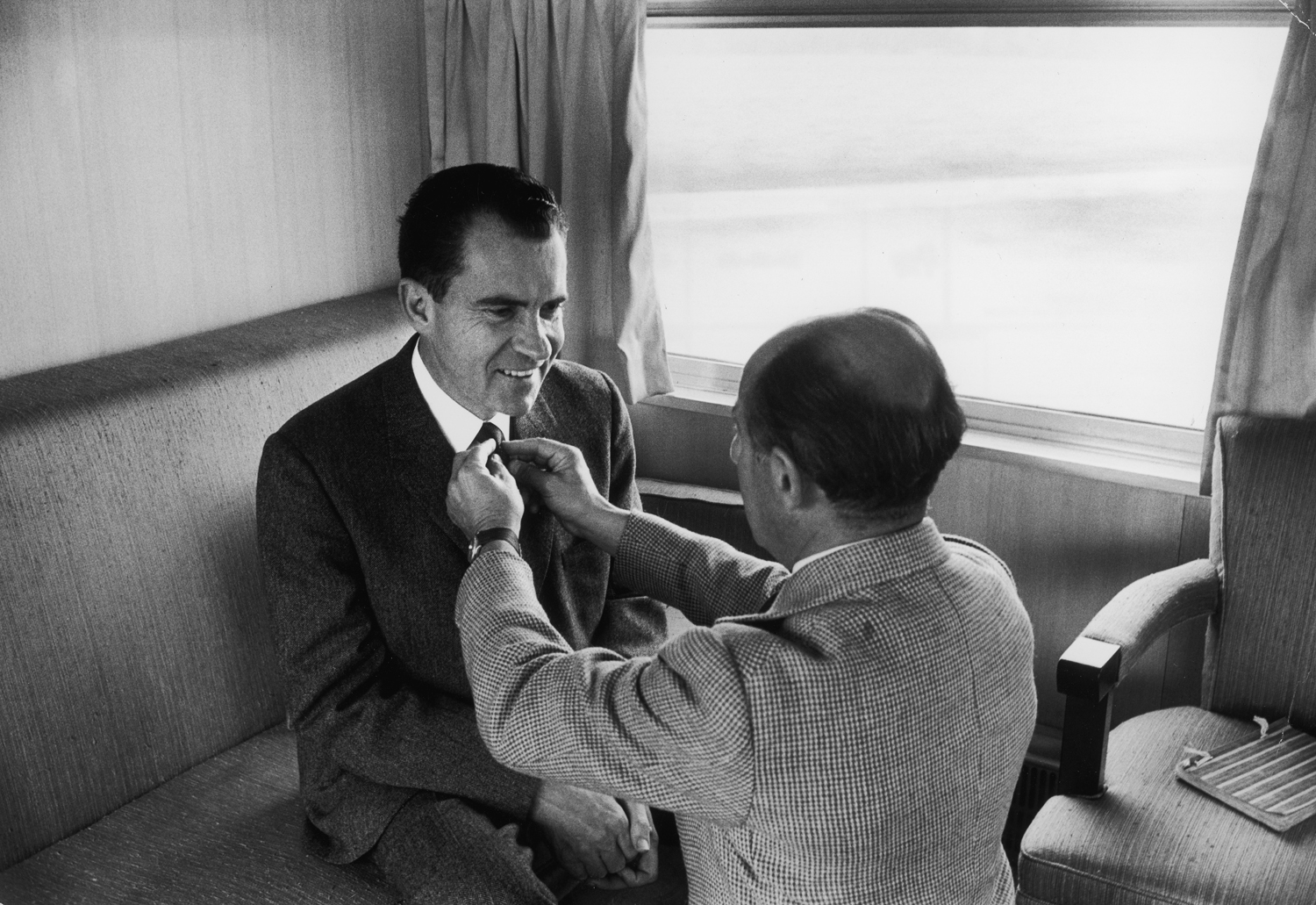Looking back, there’s a certain air of inevitability around Richard Nixon’s resignation—we know about Watergate, we know about the impeachment trial, we can’t see how it could have played out any other way. But for those watching when Nixon addressed the nation on Aug. 8, 1974, it was impossible to imagine exactly how it would play out.
As shown in this exclusive clip from the upcoming episode of CNN’s documentary series The Seventies, airing Thursday at 9:oo p.m., the only presidential resignation in the nation’s history was a grim affair.
After everything that had happened, his departure was seen as evidence of justice and he managed to present a calm face—at least to the public, as TIME reported the following week:
His usual cool restraint had returned when he faced the television cameras half an hour later in the Oval Office. At Nixon‘s request, the crew of technicians was kept to a bare minimum; no aides, friends or family members were in the room to share his disgrace. There were no precedents at all in American history—and no exact precedents in world history, the resignation of West Germany’s Chancellor Willy Brandt being perhaps the closest recent parallel—for the sort of speech that Nixon, a head of state departing under a cloud, was about to make.
The 16-minute speech (see box) was delivered with remarkable restraint, given the circumstances, and without a trace of demagoguery or self-pity. There were no attacks on his old enemies, no visible bitterness. There was also no concession of anything more serious than “mistakes” in his handling of Watergate, and no hint of remorse except one line regretting “any injuries that may have been done in the course of the events that led to this decision.” His statement that he leaving because his “political base in the Congress” had eroded sounded as if he had been defeated in some policy issue under a parliamentary system, and the speech could have been a valedictory at the end of a long and generally successful term of office.
Secretary of State Henry Kissinger was the first to come into the room after the speech, shaking hands with his boss and accompanying him along the West Wing Colonnade to the living quarters. Nixon then rejoined his family, who had been watching the address on television. Across the street in Lafayette park, a group of youths had been loudly chanting “Jail to the Chief.” Julie Nixon Eisenhower, her husband David and Pat Nixon appeared at the window, one after the other, apparently to see what was going on. When they realized that they were being watched from below by reporters, the shades were abruptly drawn. The family had ignored all messages and phone calls, even from close friends, during most of the week, and once again they were isolated in their special grief.
Read more about Nixon’s resignation, from 1974, here in the TIME Vault: Exit Nixon
Richard Nixon Has His Tie Adjusted, and Likes It

More Must-Reads from TIME
- Donald Trump Is TIME's 2024 Person of the Year
- Why We Chose Trump as Person of the Year
- Is Intermittent Fasting Good or Bad for You?
- The 100 Must-Read Books of 2024
- The 20 Best Christmas TV Episodes
- Column: If Optimism Feels Ridiculous Now, Try Hope
- The Future of Climate Action Is Trade Policy
- Merle Bombardieri Is Helping People Make the Baby Decision
Write to Lily Rothman at lily.rothman@time.com